MOSCOW. Oct 28 (Interfax) – Gas injection into underground gas storage (UGS) facilities in the United States has dropped to a ten-week low, as the country’s favorable off-season period has concluded, during which the industry attempted to reach the normal pace of replenishing inventories.
Active export of LNG, which has not yet reached Europe, but has been waiting for prices to rise off its coast, reduces the possibility of injecting gas into U.S. UGS facilities and delivering it to consumers during the winter months.
Gazprom’s request for pumping Russian gas through Ukraine has not changed from the previous days and months.
UKRAINIAN TRANSIT
Gas Transmission System Operator of Ukraine, or GTSOU, has accepted a booking from Gazprom today to transport 42.4 million cubic meters of gas through the country, as on Thursday, data from GTSOU show.
Capacity was requested only through one of two entry points into Ukraine’s Gas Transport System, the Sudzha metering station. A request was not accepted through the Sokhranovka metering station.
"Gazprom is supplying Russian gas for transit through the territory of Ukraine at the volume confirmed by the Ukraine side via the Sudzha metering station at 42.4 mcm on October 28, with booking via the Sokhranovka metering station declined," Gazprom spokesman Sergei Kupriyanov told reporters.
GTSOU has declared a force majeure with respect to acceptance of gas for transit through Sokhranovka, claiming that it cannot control the Novopskov compressor station. The route through Sokhranovka had provided transit of more than 30 mcm of gas per day.
Gazprom believes there are no grounds for the force majeure or obstacles to continuing operations as before.
EUROPEAN MARKET
Unusually warm temperatures for the past few years are forecast throughout Europe this October, especially during the final week, at nearly three degrees higher than last year.
Nearly all European countries have filled their storage facilities either to the standard of 80% or to the maximum level. European liquefied natural gas terminals operated at an average of 59% of capacity in September, as in August, rising to around 60% so far in October, data from Gas Infrastructure Europe indicate. LNG imports could reach 11 bcm in October, one of the highest figures ever.
Consequently, the spot price for gas in Europe – the day-ahead contract at the TTF hub in the Netherlands – has reached at $272 per thousand cubic meters for the Tuesday delivery contract at the TTF hub, and Friday’s contract has risen to $290. The November futures contract has increased to $1,221. Against this background, Asian prices – futures on the JKM spot index – are again higher than European prices, which could result in available LNG consignments being redirected from Europe to Asia.
Wind turbines have generated 19% of the EU’s electricity on average this week following 18.5% on average last week, and 14.7% two weeks ago, according to data from WindEurope.
The Nord Stream pipeline is completely shut down due to problems with equipment maintenance caused by sanctions. In addition, last week two strings of Nord Stream 1 and one of Nord Stream 2 depressurized near the Danish island of Bornholm.
EUROPEAN INVENTORIES
Europe continues to inject gas into underground gas storage facilities, with the average level of reserves reaching the targeted 80% at the end of August, since when the pace of injection has slowed. European storage typically transitions from net injection to net off-take around October 20.
Inventories in UGS facilities have risen to 93.93%, up 0.09 percentage points from October 26, the last reporting date, according to Gas Infrastructure Europe data. Over 100 bcm of active gas have accumulated in UGS facilities in absolute terms.
Gas extraction has begun at the same time as minimum injection, with the average ratio of off-take to injection already at 46% on Wednesday in the EU. On October 26, Denmark, France, the Netherlands, and Poland had net off-take. Germany is also off taking a significant volume of gas, though injection slightly exceeds off-take thus far.
Gas inventories in UGS facilities currently exceed 80% in Austria, Belgium, Bulgaria, Hungary, the Czech Republic, Croatia, Denmark, France, Germany, Italy, the Netherlands, Poland, Portugal, and Spain.
Gas stocks at the Incukalns UGS facility in Latvia are the lowest in the EU and are stuck at 57%. This UGS facility is responsible for reserve gas supplies to Estonia, Latvia and Lithuania, as well as Finland.
U.S. INVENTORIES
The injection rate into U.S. UGS facilities dropped over 50% for the latest reporting week, as on October 21, for the third consecutive week, with less than 1.5 billion cubic meters injected, which was the lowest figure in the last ten weeks. The average for the previous five weeks was 3.2 bcm, from 2.9 to 3.7 bcm.
U.S. gas companies have ramped up off-season injection owing to the end of the air conditioning period and the scheduled maintenance shutdown until October 18 at the Cove Point LNG plant. However, there will likely be decreasingly less available gas to replenish reserves because of rising exports and gas consumption domestically.
The current inventory level is below 71%, which is substantially below inventory at UGS facilities in Europe, and in Russia, which has over 90%.
UGS inventories in the U.S. are now 9.2% above the five-year minimum, according to the U.S. Energy Department’s Energy Information Administration. Current inventory lags 5.5% behind the five-year average.
Analysts at Rystad Energy have separately expressed concern regarding the situation in the eastern region of the United States, including Pennsylvania, West Virginia, and Ohio. The summer was exceptionally warm, and injection was less than in previous years. The region will have to increase imports of expensive LNG in order to balance the market.
